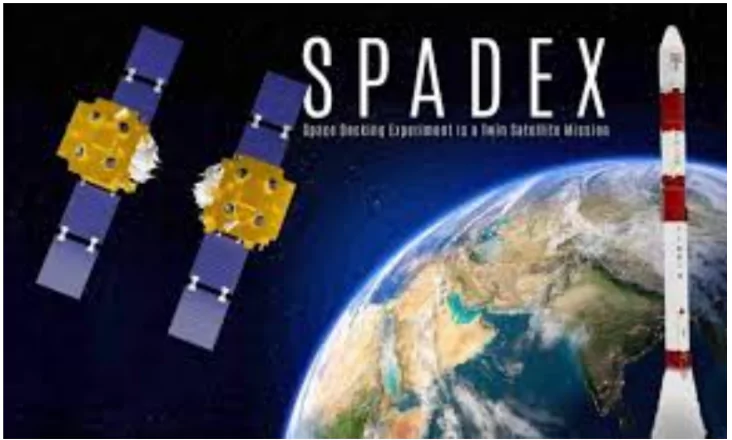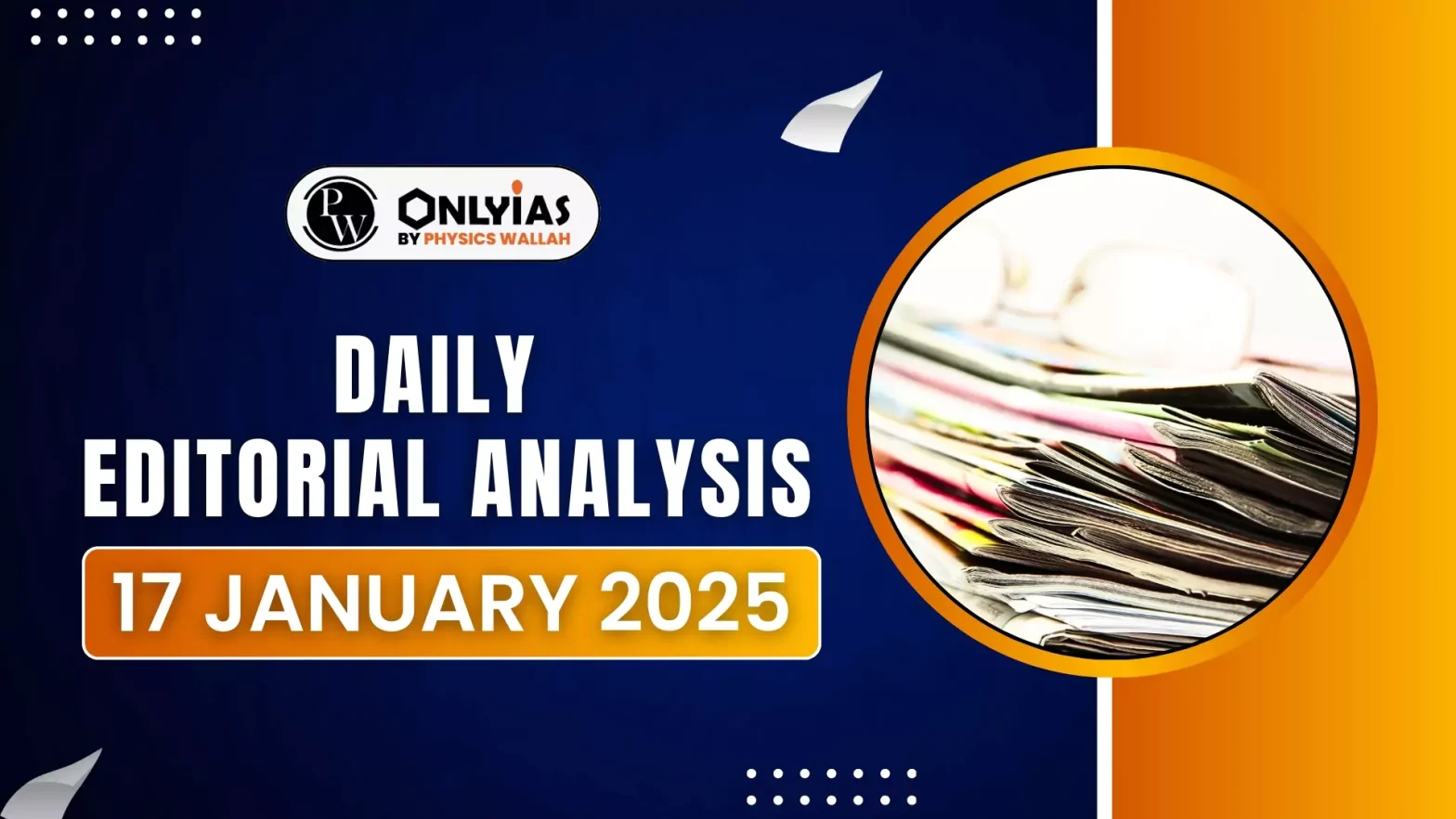The PSLV-C60 mission by ISRO successfully carried out the Space Docking Experiment (SpaDeX), showcasing the ability of two satellites to meet and dock with each other in space.

Space Docking Technology
- Orbital Rendezvous and Docking: SpaDeX demonstrated the capability to dock two satellites in space. This achievement allows for the assembly of larger space modules and helps overcome rocket payload weight limits.
- Multiple Attempts for Success: Initial docking attempts were unsuccessful. After making necessary adjustments, docking was successfully achieved after several trials.
- Post-Docking Testing: After docking, ISRO tested the exchange of electric power between the satellites. The testing also included undocking, separation, and payload evaluations.
Enroll now for UPSC Online Course
Docking
- Docking is a process by which two fast-moving spacecraft are brought to the same orbit, and then closer to each other manually or autonomously, and finally joined together.
- This capability is necessary for carrying out missions that require heavy spacecraft that a single launch vehicle may not be capable of lifting off with
|
Significance for Future Space Missions
- Helpful in Long-Duration Missions: Docking technology allows the construction of larger spacecraft in orbit, which is essential for deep space missions such as Mars exploration.
- Support for Lunar Missions: Docking plays a crucial role in ISRO’s Chandrayaan-4 lunar sample return mission, enabling more advanced and complex space operations.
- Expansion of Space Infrastructure: ISRO’s plans for the Bharatiya Antariksh Station depend on docking technology to support orbital resupply and crewed missions.
Check Out UPSC Modules From PW Store
Conclusion
The SpaDeX mission signifies ISRO’s forward-looking approach to enhancing India’s capabilities in space technology, paving the way for ambitious future endeavors in space exploration and interplanetary missions.
![]() 17 Jan 2025
17 Jan 2025


